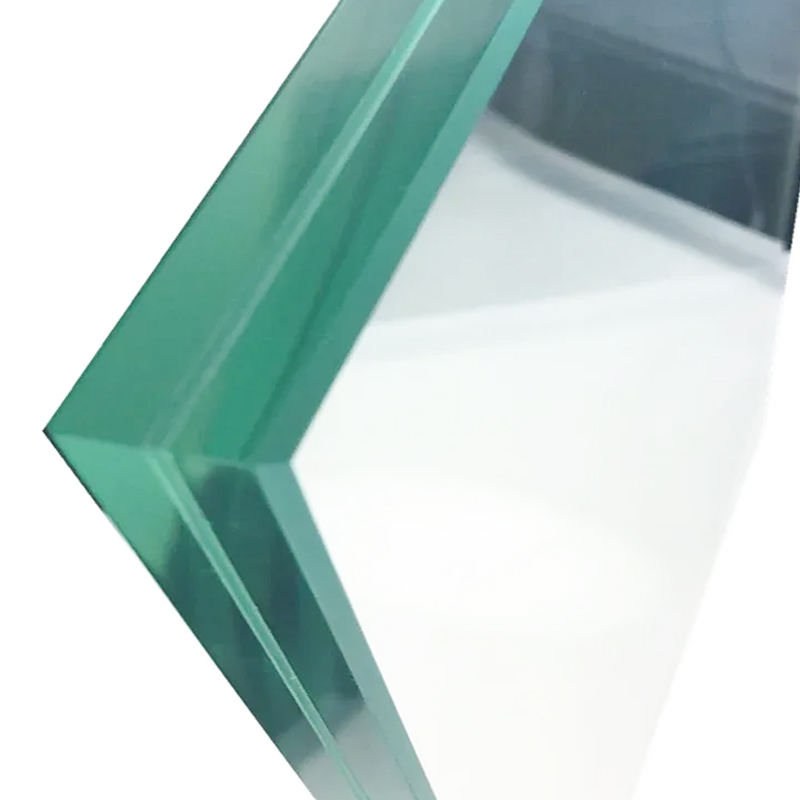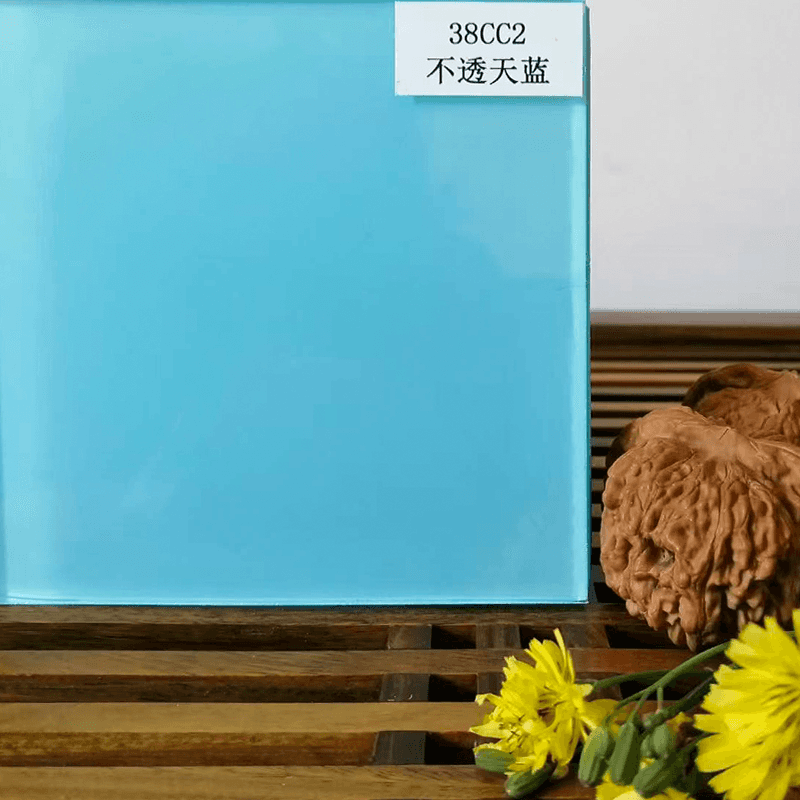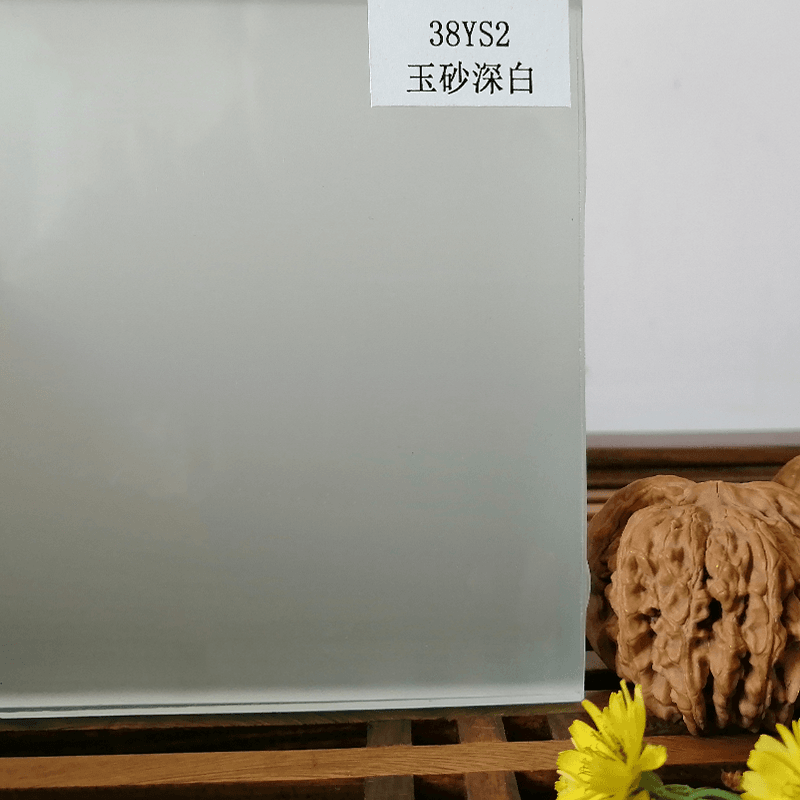language
PVB interlayer film is a critical component in laminated safety glass and solar PV modules, known for its excellent adhesion, optical clarity, and durability. However, to fully unlock these properties during manufacturing, proper handling and storage of the film are essential. Exposure to improper conditions before lamination can lead to moisture absorption, surface contamination, or dimensional instability—issues that compromise both process efficiency and final product quality. Manufacturers who work with PVB interlayer film must understand and implement best practices to ensure consistent performance throughout production.
One of the most important considerations when working with PVB interlayer film is moisture sensitivity. Polyvinyl butyral is hygroscopic, meaning it naturally absorbs water from the surrounding air. If the film becomes damp before lamination, it can cause bubbles, delamination, or reduced optical clarity after autoclaving. To prevent this, it's recommended to store PVB interlayer film in a controlled environment with a temperature between 18–25°C and relative humidity below 60%. Ideally, films should remain sealed in their original packaging until ready for use, minimizing exposure to ambient air.
Handling the PVB interlayer film requires care to avoid physical damage such as scratches, folds, or static buildup. Operators should wear clean gloves and use non-metallic tools when cutting or positioning the film to reduce the risk of contamination or tearing. In automated production lines, anti-static rollers and dust-free environments help maintain the film’s integrity and ensure smooth feeding into the lamination process. These steps may seem minor but play a significant role in achieving high first-pass yield and reducing rework.

Processing parameters also have a major impact on how well PVB interlayer film performs in the final product. During pre-pressing and autoclave cycles, precise control over temperature, pressure, and dwell time ensures full bonding between the film and glass surfaces. For example, insufficient heat may result in incomplete melting of the film edges, while excessive pressure can squeeze out plasticizers, affecting long-term flexibility. Our PVB interlayer film at Daruihengte is designed to offer a wide processing window, allowing manufacturers to fine-tune settings based on their specific equipment and throughput needs.
Another key factor is shelf life management. While PVB interlayer film maintains its core properties for extended periods, prolonged storage—even under ideal conditions—can affect plasticizer retention and surface tackiness. Most manufacturers recommend using the film within 12 months of production. Keeping an accurate stock rotation system helps avoid outdated material being used unknowingly, which could lead to inconsistent bonding or visual defects in the finished glass.
In addition to environmental and procedural controls, training personnel on the correct use of PVB interlayer film significantly improves production outcomes. From warehouse staff to line operators, everyone involved should understand how small actions—like leaving rolls unsealed overnight or stacking heavy items on top of packages—can degrade film quality. Investing in regular training not only reduces waste but also enhances overall product consistency, reinforcing your reputation for reliability in the market.
Ultimately, getting the most out of PVB interlayer film goes beyond simply choosing the right product—it involves maintaining optimal conditions from warehouse to final assembly. At Daruihengte, we support our clients with comprehensive technical guidance and tailored solutions that align with their production workflows. Whether you're producing architectural glass, automotive panels, or solar modules, attention to detail in handling and processing ensures your end products meet the highest standards of clarity, strength, and longevity.






